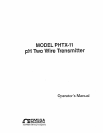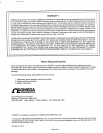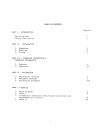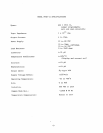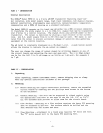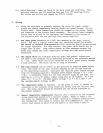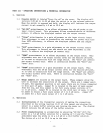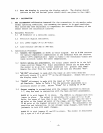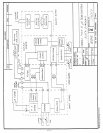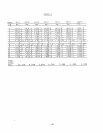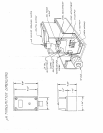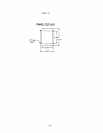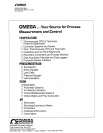
-3-
ppm/OC.
f
ppm/'C
or wire wound
*50
25'C
compensation.
The re-
sistor used should be metal film
8.66K
resistor is normally supplied with
the transmitter,
this value is correct for
Manual
temperature compensation requires only a resistor at the terminal
strip connection marked with a resistor symbol.
Refer to Table I for
the value vs. temperature.
An
sym-
bol.
The probe cable should be shielded and the shield connected to
the ground terminal.
=
17V.
The maximum supply voltage is 80V.
The
temperature probe
is optional.
If the probe is used, it should be
connected to the terminal strip connection marked with the resistor
250)
c.02
x
=
12 +
1v
to 5v.
Minimum supply voltage
=
250
ohms, vo
=
5V
output signal using this as an example: RL
1V
to
RL).
A convenient value for the loop resistor might be 250 ohms, re-
sulting in a
c.02
x
=
12 +
-
out.
These wires are to be connected to a D.C. power supply through
a load resistor.
The wires can be as long as necessary.
The Loop
resistor
can be either in the positive or negative power supply
lead.
The value of the loop resistor depends on the voltage required
at the monitoring location.
Calculate the required power supply voltage
from the following equation:
Minimum power supply voltage
+,
phillips
head screws supplied.
The input probe connector is a BNC jack mounted on the input circuit
board.
Use only a coaxial cable that has isolation around the shield.
The shield is isolated from ground and this isolation should be maintained
for proper operation. For best results,
the probe cable should not be
longer than 10 feet.
Long cables result in slow response because the
probe must charge the cable capacitance through the high probe source
resistance.
The
output vires
are isolated from the input and ground, connections
are made to the terminal strip observing polarity to the terminals marked
#lo-24
screws.
3 .
Wiring
3. 1
3. 2
3. 3
3. 4
3. 5
3. 6
After the enclosure is properly mounted the wires for input, output,
ground and remote temperature sensing should be routed through the en-
closure hubs.
These connections should be trimmed to the proper length
and connected to the circuit board assembly.
The circuit board assembly
should then be placed in the enclosure and fastened to the bottom of
the enclosure with the two
-
refer to Table II for hole sizes and locations.
This
mounting requires the PVC mounting feet and four PVC mounting blocks.
The blocks are drilled and tapped for
2.4 Panel Mounting



